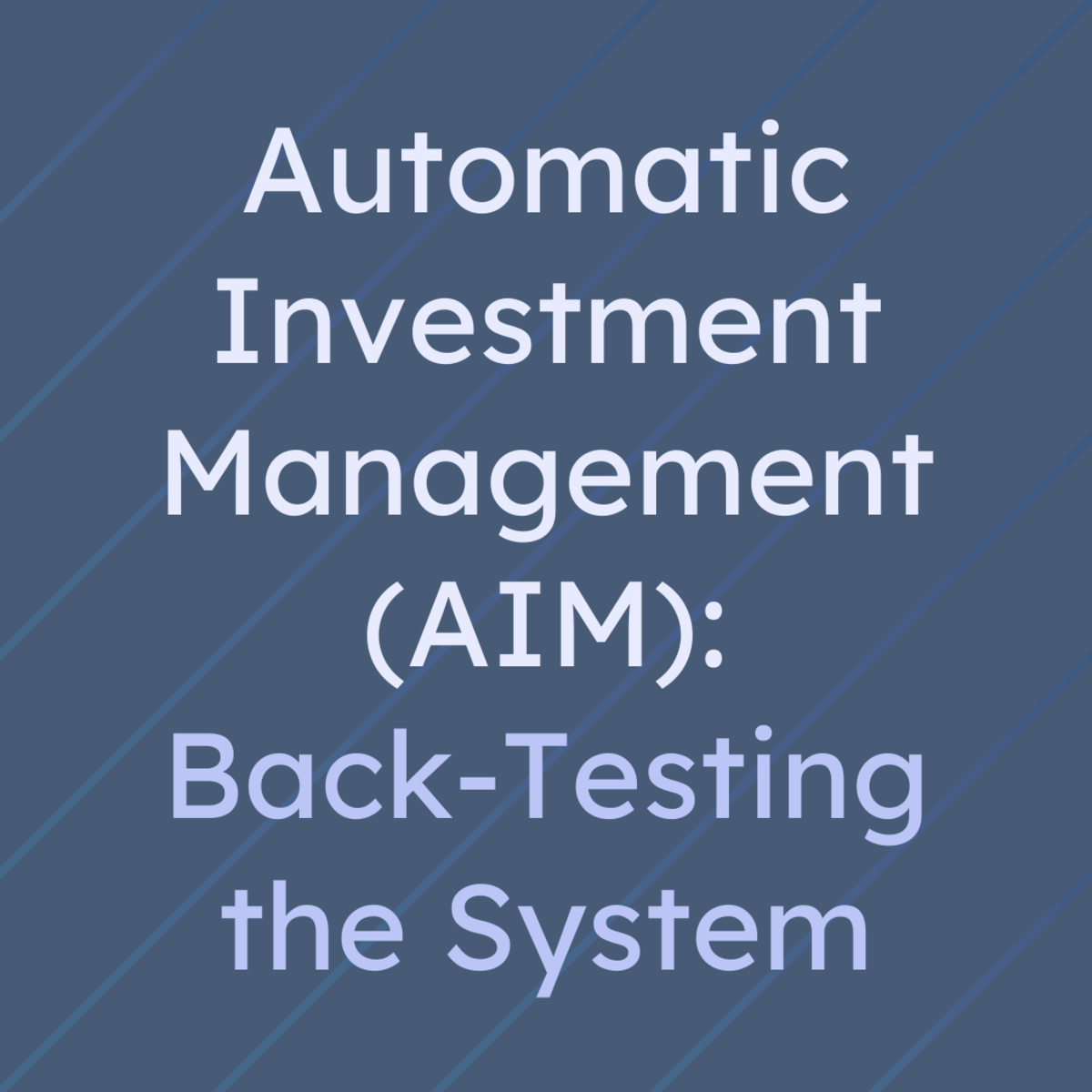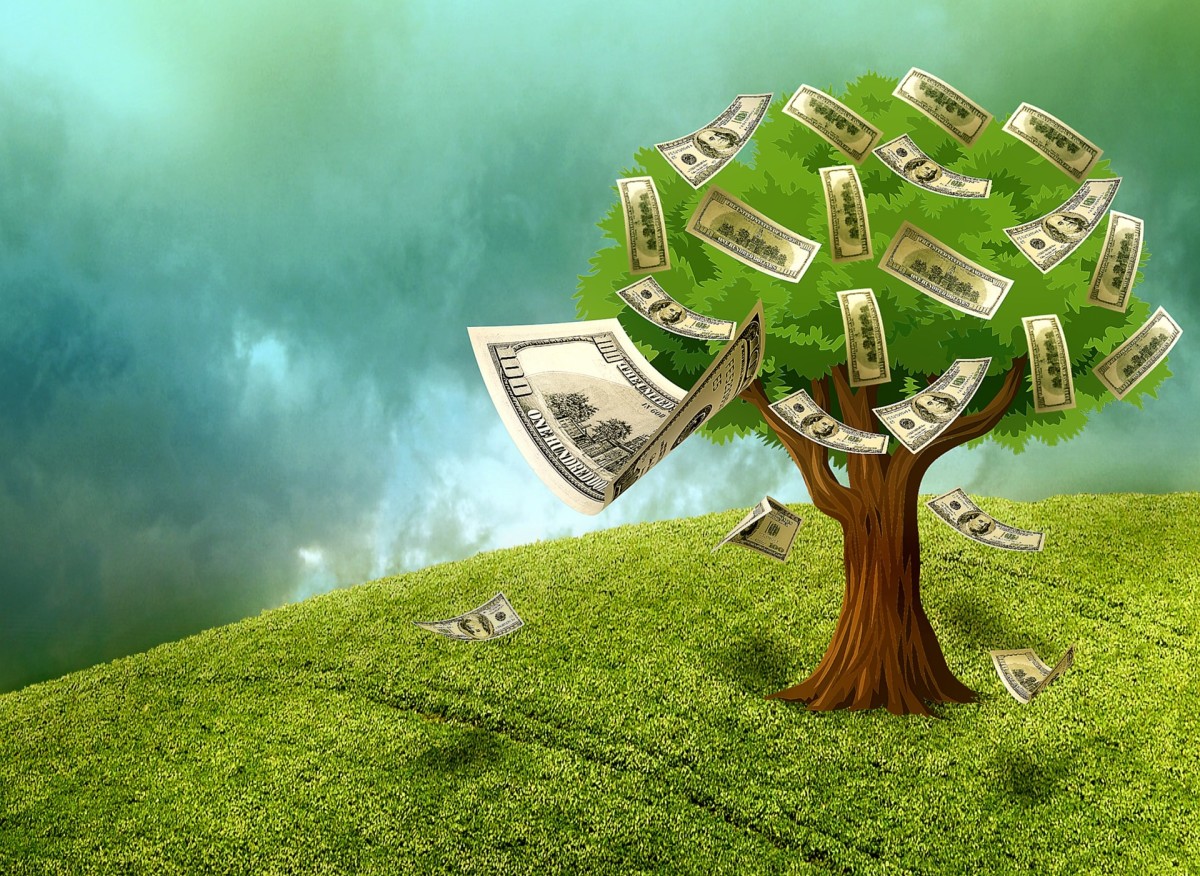How to Survive a Stock Market Crash
What is the best response if you anticipate a crash?
A market crash is a sudden and dramatic drop of market value, accelerated by psychological factors from the investors, prompting them to sell out at a high volume.
History repeats itself
History demonstrates that crashes occur when several conditions meet:
- A general sense of optimism for a prolonged period of time, correlated with a strong economic growth;
- Stocks have a higher Price/Earning ratio compared to their historical average;
- Investors have a high level of debt;
History also demonstrates that most investors do not deal well economically with a market crash. This event causes an important mass of investors to loose an important part of their portfolio forever.
Here are some important considerations to keep in mind when managing a stock portfolio, which will help you deal with the economical and emotional factors related to a market crash.
Favor a High Dividend Portfolio
High dividend stocks will sell out in a slower manner, since investors can still perceive a cash return on investment, regardless of the stock price. Hence, they reduce the portfolio's volatility.
This provides you with two main benefits:
- You maintain your cash flow
- Less volatility is easier to deal emotionally
Keep your cash flow going
If you rely on your portfolio for cash flow as your main source of revenue, dividends will back you up. Otherwise, investors need to sell stocks periodically to realize their gain. For the same cash flow, they would need to sell more units in the event of a crash.
Which companies suffer first
Non dividend paying stocks suffer first from a crash. Since the only way of capturing their value is through capital gains, investors are likely to dump them first, before the stock price suffers more. This is a reason that supports greater volatility from non dividend paying stocks.
Investors should not necessarily sell their non dividend-paying stocks (but rather reallocate), as much as they should have the majority of their stocks held as high dividend stocks.
Distress signals to look for
An important consideration regarding dividend stocks is the company's ability to maintain the dividend in harder economic conditions. Investors should pay attention to quarterly earnings calls and Management Discussion & Analysis in the year end report for signs that will impede the company's ability to pay their dividend. Most obvious signs include the following:
- A rise in the dividend payout ratio for several quarters in a row;
- The suspension of the common shares buyback program;
- A decrease in dividend payments.
A company that decreases their dividend payments is a sign of poor cash management. They will do this as a last resort to save cash and deal with their short term obligations. It is usually one of the strong signals to sell.
Use the Dollar-Cost Averaging Method
Studies have shown that investors are poor decision makers when it comes to timing the market.
Professional portfolio managers vs Monkeys
A study ran by economist Burton Malkiel revealed that experts are literally no better than blindfolded monkeys when it comes to choosing stocks.
Averaging your cost
Investors should not be overconfident when timing an entry or exit. They will have better overall results contributing periodically, without regard to the market's condition. Invest in your portfolio monthly. On the long term, such investors will average their cost to the market's average.
Creating a mechanical process
In the event of a crash, there is nothing particular to do, continue contributing to your portfolio like you would normally do. As your contribute, your increasing cash allocation will prompt you to reallocate in stocks, forcing you to buy them at a lower price.
Keep contributing and keep your allocation targets.
Don't Sell Out, Reallocate
History and many studies have shown that investors make very poor decisions regarding timing. In addition, while you are out of the market, you are loosing important dividend returns.
No one has ever successfully predicted the time, extent and duration of a crash, neither should you.
One wrong assumption: Selling out to create more opportunities later
It is essential that you do not try to avoid the crash in the intent to buy your investments back at a discount price. Investors too often are subject to their instinctive response triggered by the loss aversion phenomena. This is the tendency of people to attribute excessive importance towards avoiding losses, to the extent of surrendering their opportunities.
Investors can guard themselves against such compulsive behaviour by reallocating their assets, instead of selling out.
Reallocation makes the process mechanical, rather than instinctive
When you maintain a predetermined percentage of asset allocation between your cash and the different categories of stocks in your portfolio, you force yourself to sell high and buy low. As a crash is driving your net value down, your cash allocation increases. To reallocate, you should transfer part of your cash position into stocks, therefore reducing the average cost of your stock portfolio and preparing yourself for the imminent recovery.
Reallocating is the tool that allows the investor to dissociate himself from his emotions in the event of increased market volatility.
Invest Long Term
Crashes have always been short term events, followed by immediate and spectacular recoveries. In recent history, several crashes have occured:
- 1929, Great depression (this one lasted 12 years)
- 1987, Black monday
- 1999, Dotcom bubble
- 2008, Mortgage crisis
- 2010, Flash crash
In the meantime, we saw many bear markets, even recessions. After every instance, markets have regained their losses in a short period of time in a spectacular manner. An exception would be the Great Depression which ended with the War. However, nowadays governments have social programs in place to avoid similar conditions.
Markets keep a positive trend
For centuries, the stock market has had a positive trend, regardless. This is likely due to the increase in demography and rate of innovation. Crashes are in fact part of a healthy economy in the long term and happen in response of aggressive policies.
Note also that markets have generated a positive return in 95% of any 10 year period, in the last century.
We have known many crashes and there are more to come. Remember that long term investing will suppress short term market volatility.
Review Your Portfolio
What to look for
Many symptoms can occur in the event of a crash. A poorly managed company can suffer from a temporary loss in sales and benefits. This should prompt the investor to review his portfolio assets for the following symptoms:
- Decrease or suspension of dividend payments
- Suspension of the share buyback programs
- Management press releases indicating financial difficulty
- Unusual decrease in sales, compared to the industry's competitors
- An imbalance in the portfolio's allocations








